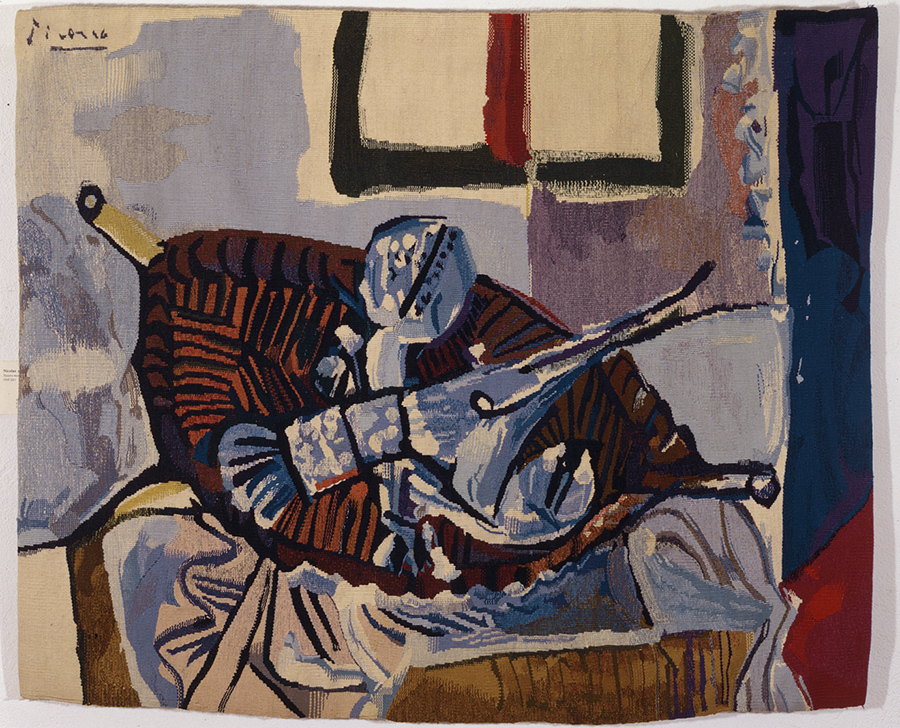Marie Cuttoli (1879-1973), the eldest of three children, spent the first years of her life in Tulle. Her character revealed itself early on–already as a child, she preferred watching to talking. She soon knew what she did not want: to get an education just to end up raising a family. Her curiosity about a world still unknown to her and her interest in fabric and dressmaking helped her reject the atmosphere of conformity that had little appeal for her. She wanted to do something different with her life, but didn't yet know how. In her search for an identity, she had difficulty coming up with a convincing image of herself.
When she was sixteen, she went "up" to Paris with her family, moving into the working-class neighborhood of the Marais. We know little about her youth, although it does appear that she already had a taste for art and artists. At that time–the early 20th century–Paris boasted four yearly art events with entirely different approaches: the Salon des Artistes Français, the Société Nationale des Beaux-Arts, the Salon d’Automne and the Salon des Artistes Indépendants, "with no jury and no prize" and reviled by the other three. The years went by and Marie had not yet found her path, up until a first marriage that appears to have been more or less arranged by her family. The reserved young woman was 28 years old by then; her parents had begun to despair. So she married Jean-Baptiste Plantié, the prefect of his state. The groom was 52 years old, and the couple moved into a luxurious apartment on rue de Galilée, but their marriage ended in divorce on May 31, 1913. Paul Cuttoli, originally a friend of her husband before their respective political views drew them apart, was Marie's lawyer in the divorce proceedings. He was a brilliant man, passionate about politics. Considered one of the best lawyers in Algeria, he was also the editor of the newspaper he had founded, La Dépêche de Constantine. In addition, he was the Representative for the Algerian city of Constantine. Cuttoli was one of the most prominent members of the Radical-Socialist Party, and eventually presided the constituent assembly during the liberation of Paris. Marie soon moved into his apartment in Paris. Right when their relationship began, he commissioned a marvelous villa for his companion in Philippeville–now Skikda–, surrounded by terraces and gardens, which he would name Dar Meriem (Marie's house). The house was charming rather than luxurious, and Marie took it upon herself to make it comfortable and attractive. With Paul Cuttoli, Marie learned the art of entertaining. When she was in Paris, she would visit museums and galleries, particularly Paul Guillaume's on rue de Miromesnil. She was more drawn to art than to the rising enthusiasm for Russian fashion, in vogue at the time. With her characteristic elegance, Marie sought understated, flowing lines in her black-and-white garments. In Algeria, she adopted the djellabas worn by the local women. She preferred buying art than jewels, and showed an interest in little-known young painters. That was how she purchased a Braque, two Mirós and one small Picasso.






 Summary
Summary